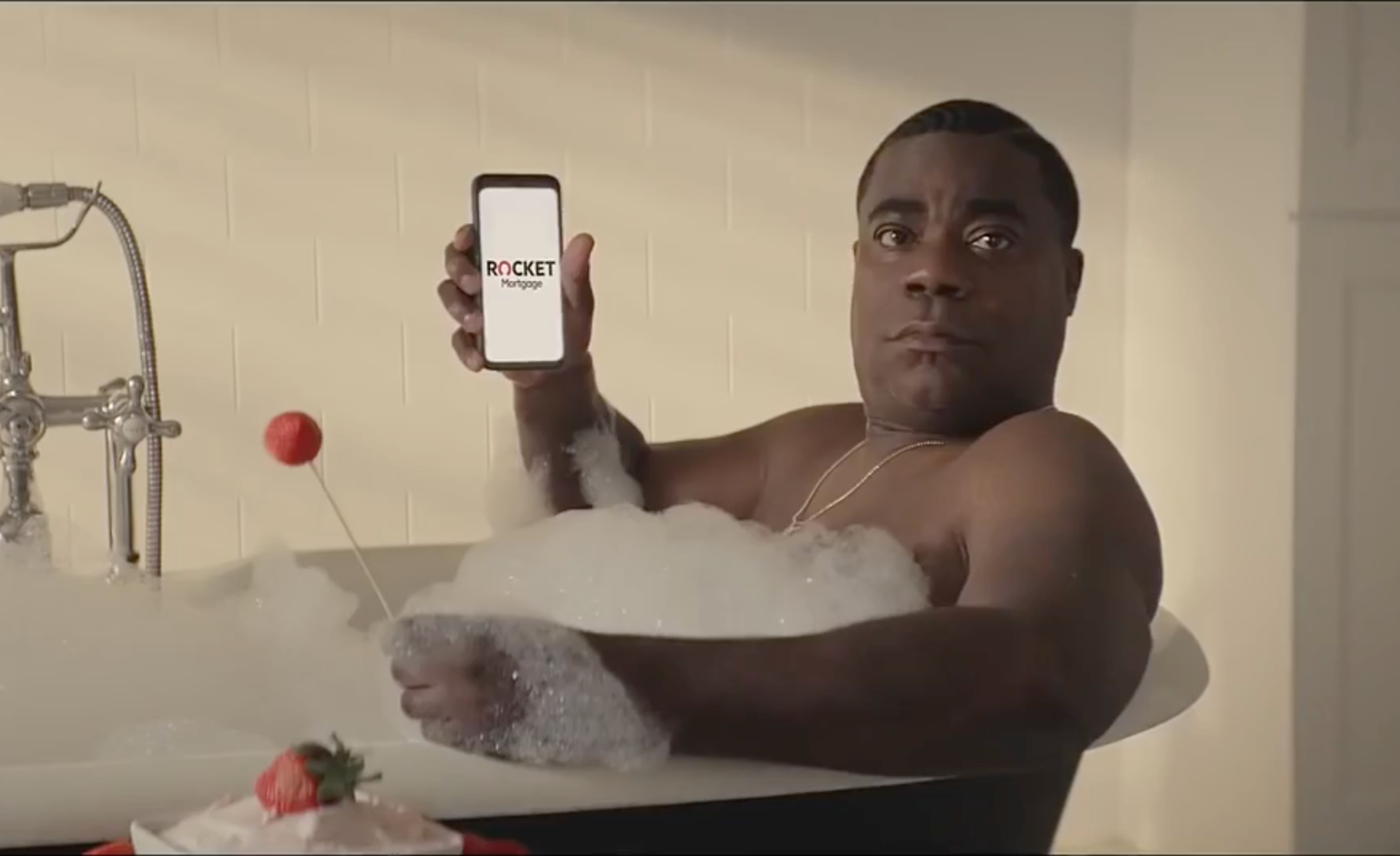
They were a Super Bowl Sunday staple for 37 years before bowing out in 2021, only to return to the big game a year later with a higher purpose.
Budweiser is back, and while other brands may appeal to your funny bone, or your appetite, or your willingness to comprehend cryptocurrency, the beer giant is very earnestly taking on a far more somber and colossal task.
Can lager and horses heal a nation?
The record-setting eight-time USA TODAY Ad Meter champion did not advertise during Super Bowl 55, saying it was redirecting those dollars toward COVID-19 vaccine education and awareness to better ensure Americans can gather again to enjoy cold beverages during the sporting event of their choice.
Yet Bud is back for Super Bowl 56, relying on its trademark Clydesdales — or, more specifically, a singular, ailing, resolute, perfunctorily adorable Clydesdale — to reflect the comeback of a country reeling from two years of a pandemic and also Other Things.
“The Clydesdales are, for many people, a symbol of America, a symbol of hope, of strength, of resilience,” Daniel Blake, Budweiser’s vice president of marketing, told USA TODAY Sports. “We felt they were the perfect metaphor to tell this broader story, this comeback story.
“For us to come back, with a symbol of America but also a story of injury, the road to recovery and ultimately, this triumph, I think is a really important message for the country to hear right now and one that really, only Budweiser can tell in this way.”
RATE EVERY AD!: Become an Ad Meter panelist and help pick this year’s winner
In “A Clydesdale’s Journey,” directed by Chloé Zhao, whose Nomadland claimed Best Picture and Best Director in 2021, one of the iconic horses suffers an injury leaping over a fence; the gloom of likely destruction looms over the piece before loving stable hands and an encouraging canine companion nudge the ailing equine through its recovery.
There is no product placement, just the tagline, “Down never means out in the home of the brave.”
Hey, some things are bigger than beer.
“People are going to really respond to that in a positive way,” Blake predicts. “It’s going to mean something, kind of deep in their core, so universal for the country to have that sentiment. That down never means out, that you can always bounce back from injury if you put in hard work and have the support of your community. For a legacy brand like Budweiser, this stage is especially important to be able to promote a message like that.
“Newer brands or nascent brands, they don’t have that responsibility to use this platform in the same way. But for a brand like Budweiser, we do have that responsibility.”
READ MORE ON 2022 SUPER BOWL ADS:
THEY’RE BACK: After one-year absence, Budweiser is back in the Super Bowl commercial game
BIG TEASE: Paul Rudd and Seth Rogen discuss an important question in Lay’s latest teaser
NOT ‘JUST FOR ME’: Sam’s Club banking on Kevin Hart’s wide appeal in Super Bowl ad debut
They vacated the space a year ago, in a year in which Super Bowl ad rates stayed flat at $5.5 million. While that’s not the most scientific economic indicator, rates have soared to a record $6.5 million with multiple “legacy brands” returning along with upstarts in the cryptocurrency and sports gambling spaces.
To oversimplify it just a bit further — if Budweiser is back, is America is back?
“People in America want to hear that (resilience) message,” says Blake. “They want to have something that they feel pride in. And for a brand that is synonymous with the country like Budweiser is, it’s great to be able to promote that message and it’s a great opportunity to bring people together.
“It should ultimately be a really unifying message that everyone can come together and feel pride that as Americans, we always bounce back.”

No Comments Yet